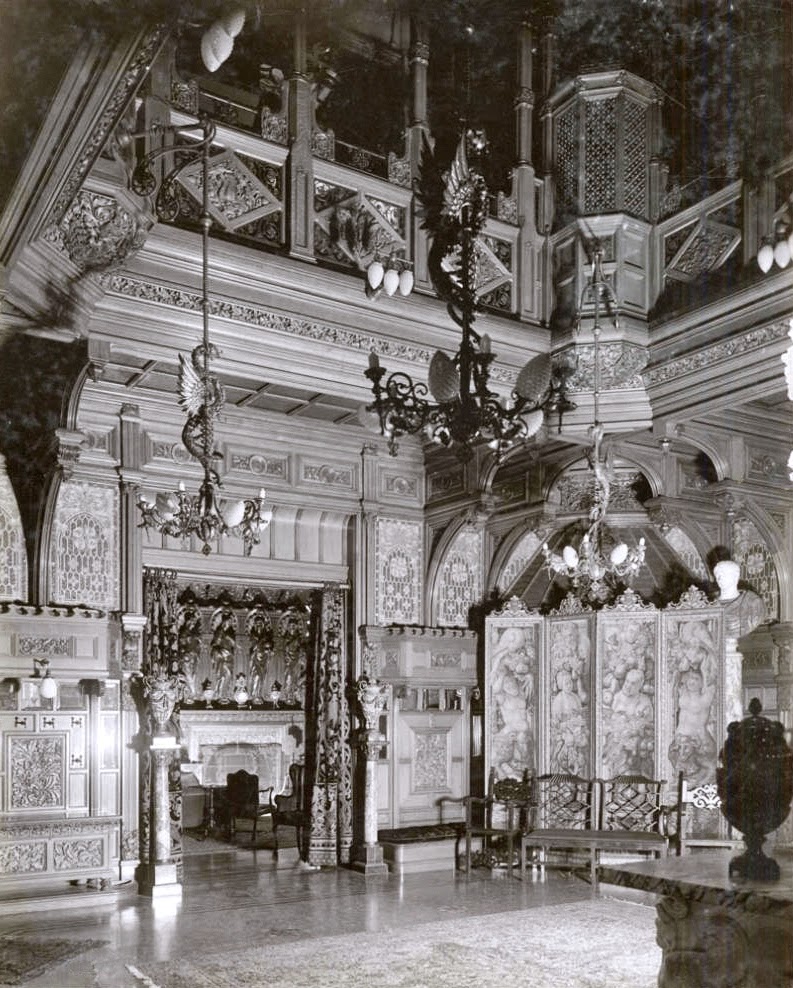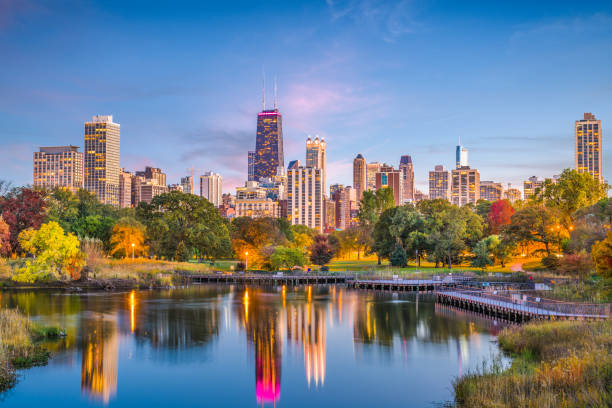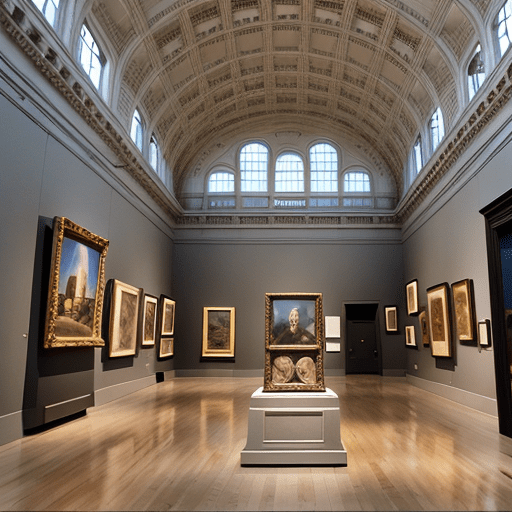The Magnificent Palmer Mansion: A Testament to Chicago’s Grandeur
Chicago, known for its iconic architecture and rich history, boasts several magnificent mansions that showcase the city’s grandeur. Among them, the Bertha Palmer Mansion holds a special place as a testament to the opulence and elegance of the Gilded Age. Situated in the prestigious Gold Coast neighborhood, this historic mansion was once the largest private residence in Chicago. Built in the late 19th century, the Bertha Palmer House stood as a symbol of wealth and sophistication. In this article, we will delve into the fascinating history, architectural splendor, and notable events associated with this remarkable residence.
A Vision Takes Shape: Construction of the Palmer Mansion

The Visionaries: Bertha and Potter Palmer
At the helm of the Palmer Mansion project were Bertha and Potter Palmer, prominent figures in Chicago’s business and social circles. Potter Palmer, a visionary businessman, had already made a significant impact on the city’s development through his ventures on State Street. Following the devastating Great Chicago Fire of 1871, Palmer played a crucial role in rebuilding the city. Inspired by their success and yearning for a grand residence, the Palmers embarked on the construction of their dream mansion in 1882.
Architectural Marvel: The Design and Construction
To bring their vision to life, the Palmers enlisted the expertise of renowned architects Henry Ives Cobb and Charles Sumner Frost, partners in the esteemed firm Cobb and Frost. The architectural style chosen for the mansion was a blend of Early Romanesque and Norman Gothic, capturing the essence of European elegance. The exterior work was completed in 1883, while the meticulous interior decoration continued for an additional two years. Under the guidance of architect Joseph Lyman Silsbee, the interiors were adorned with exquisite details and lavish furnishings.
A Labor of Love: The Cost and Features
The construction of the Palmer Mansion was an endeavor of unparalleled luxury and opulence. Initially budgeted at $90,000, the project ultimately cost the Palmers over a million dollars. Spanning an estimated 10,000 square feet, the mansion featured grand reception rooms, ornate ballrooms, and an extensive art gallery. The art collection, curated by Bertha Palmer herself, included masterpieces by renowned artists such as Claude Monet, Edgar Degas, and Pierre-Auguste Renoir. The mansion became a hub for social gatherings, hosting distinguished guests and dignitaries from around the world.
Glorious Gatherings: The Grandeur of the Palmer Mansion
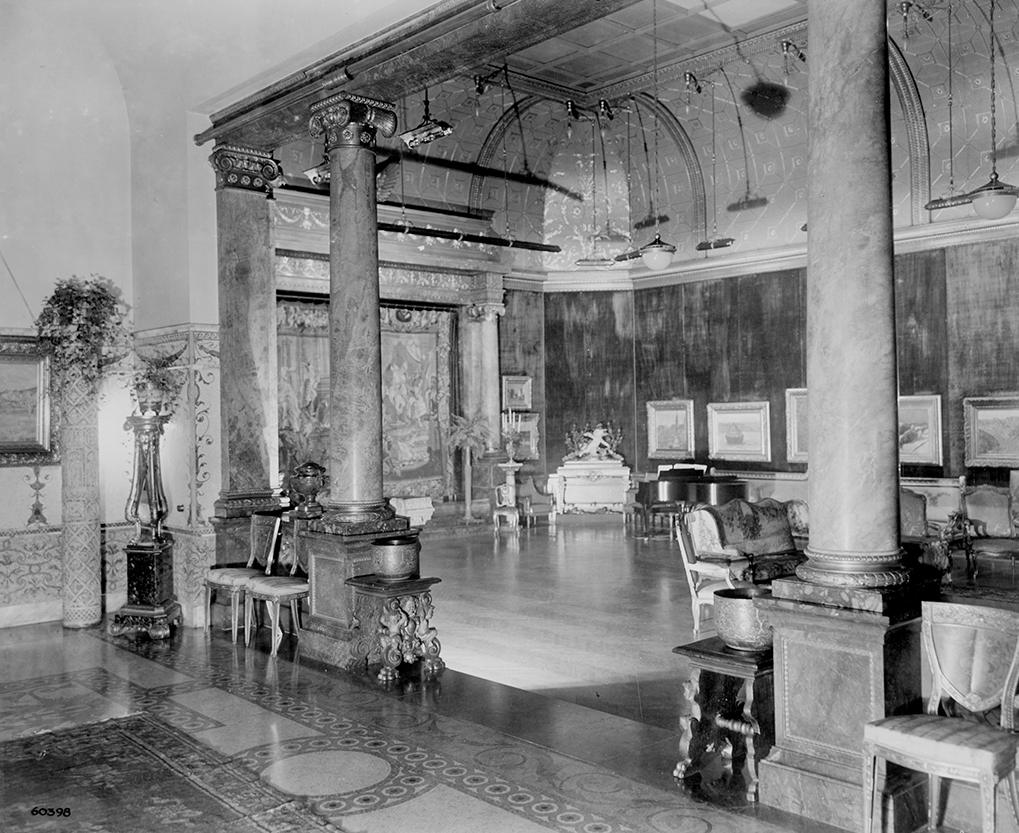
A Hub of Elegance: Social Events and Distinguished Guests
The Palmer Mansion’s resplendent halls witnessed numerous extravagant social events and welcomed illustrious guests. Notable figures, including Ulysses S. Grant, former President of the United States, and the Duke and Duchess of Veragua, graced the mansion with their presence. The Palmers’ receptions during the 1893 World’s Columbian Exposition, for which Bertha Palmer played a significant role as a planner and booster, were among the most memorable. The mansion became a symbol of Chicago’s cultural and social prominence during this vibrant era.
Bertha Palmer: A Woman of Distinction
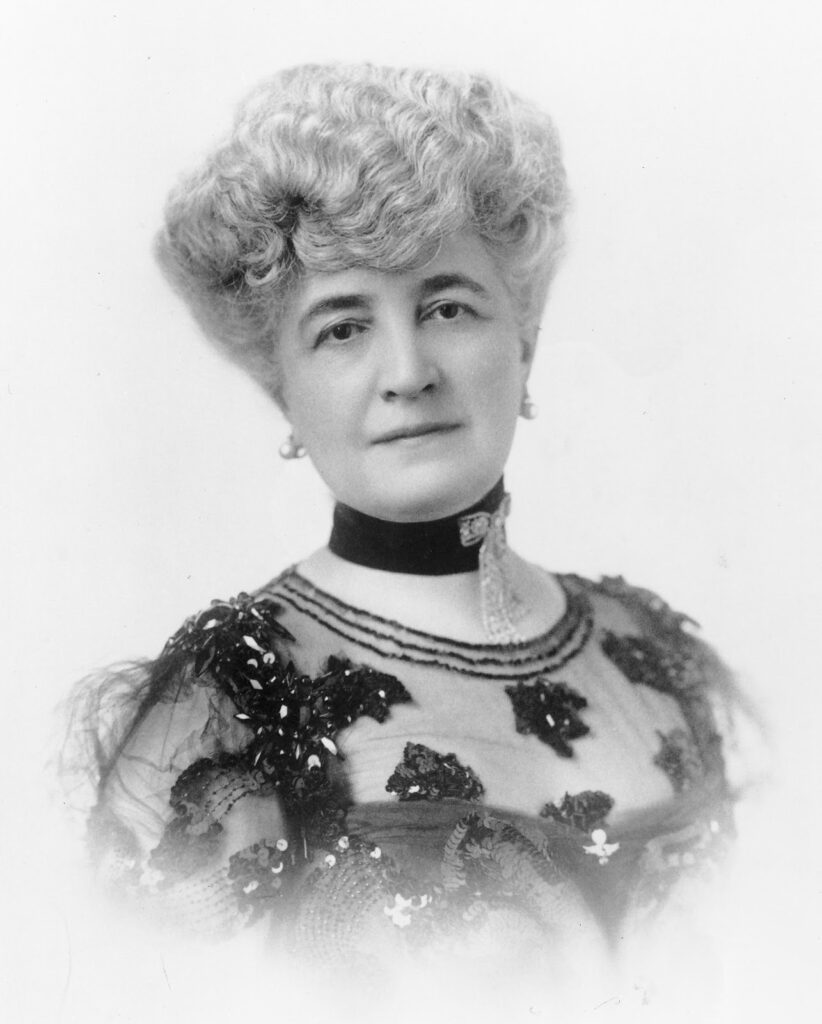
Bertha Palmer, known for her impeccable taste and philanthropic endeavors, left an indelible mark on Chicago’s social fabric. Her passion for art and culture was evident in the Palmer Mansion’s art gallery, which showcased her extensive collection. Bertha Palmer’s influence extended beyond the mansion’s walls. She was actively involved in civic and charitable organizations, making significant contributions to the city’s growth and well-being. Her legacy continues to inspire generations.
Evolution and Demise: The Changing Fate of the Palmer Mansion
Changing Ownership: The Bendix Era
Following Potter Palmer’s death in the mansion in 1902, Bertha Palmer continued to reside in the house while maintaining additional residences in London and Paris. Eventually, she sold the Chicago mansion in July 1928 to industrialist Vincent Hugo Bendix, who had invented the automobile starter. Bendix renamed the property “The Bendix Galleries” and added his own art collection, including works by Rembrandt and Howard Chandler Christy.
The End of an Era: Demolition and Legacy
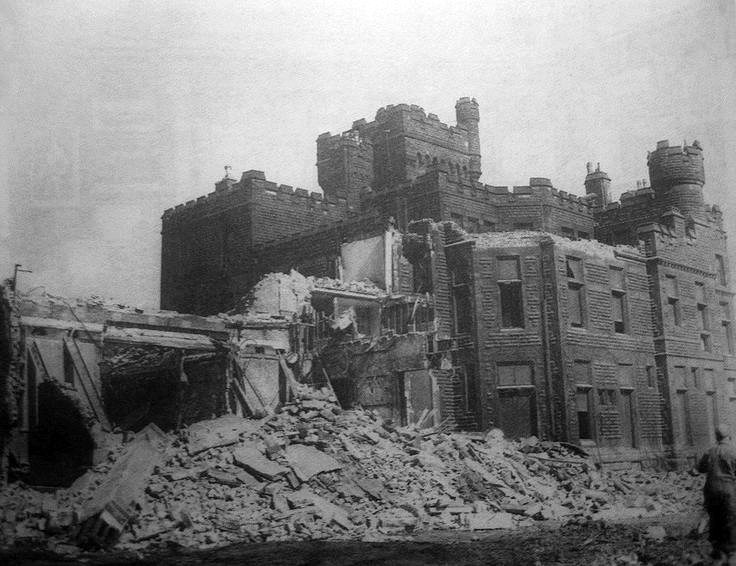
Despite efforts to preserve the Palmer Mansion, it stood vacant for years and faced an uncertain fate. In 1950, the mansion was demolished, making way for two high-rise apartment buildings. The art collection was transferred to the Art Institute of Chicago, ensuring its preservation and continued appreciation. Though the physical structure is no longer present, the Palmer Mansion’s legacy lives on, reminding us of Chicago’s architectural heritage and the grandeur of a bygone era.
Preserving the Legacy: Commemorating the Palmer Mansion
Remembering the Magnificence: Artifacts and Memorabilia
While the Palmer Mansion may no longer grace the Chicago skyline, remnants of its splendor can still be admired. Artifacts and memorabilia from the mansion, including photographs, furniture, and architectural elements, are preserved in museums and private collections. These treasures serve as a testament to the architectural brilliance and cultural significance of the Palmer Mansion.
Honoring the Past: Landmarks and Historical Recognition
The Palmer Mansion’s historical significance has not been forgotten. Efforts have been made to commemorate its legacy through historical markers and plaques, ensuring that future generations can appreciate its importance in Chicago’s history. The mansion’s impact on the development of the Gold Coast neighborhood and its contribution to the city’s architectural heritage continue to be recognized and celebrated.
The Bertha Palmer House, a magnificent testament to Chicago’s grandeur, stood as a beacon of elegance and sophistication during the Gilded Age. From its visionary creators, Bertha and Potter Palmer, to the opulent interiors and illustrious guests, the Palmer Mansion embodied the spirit of Chicago’s cultural and social prominence. Although the physical structure is no longer standing, the legacy of the Palmer Mansion lives on, reminding us of the city’s architectural heritage and the enduring allure of Chicago’s historic mansions.

